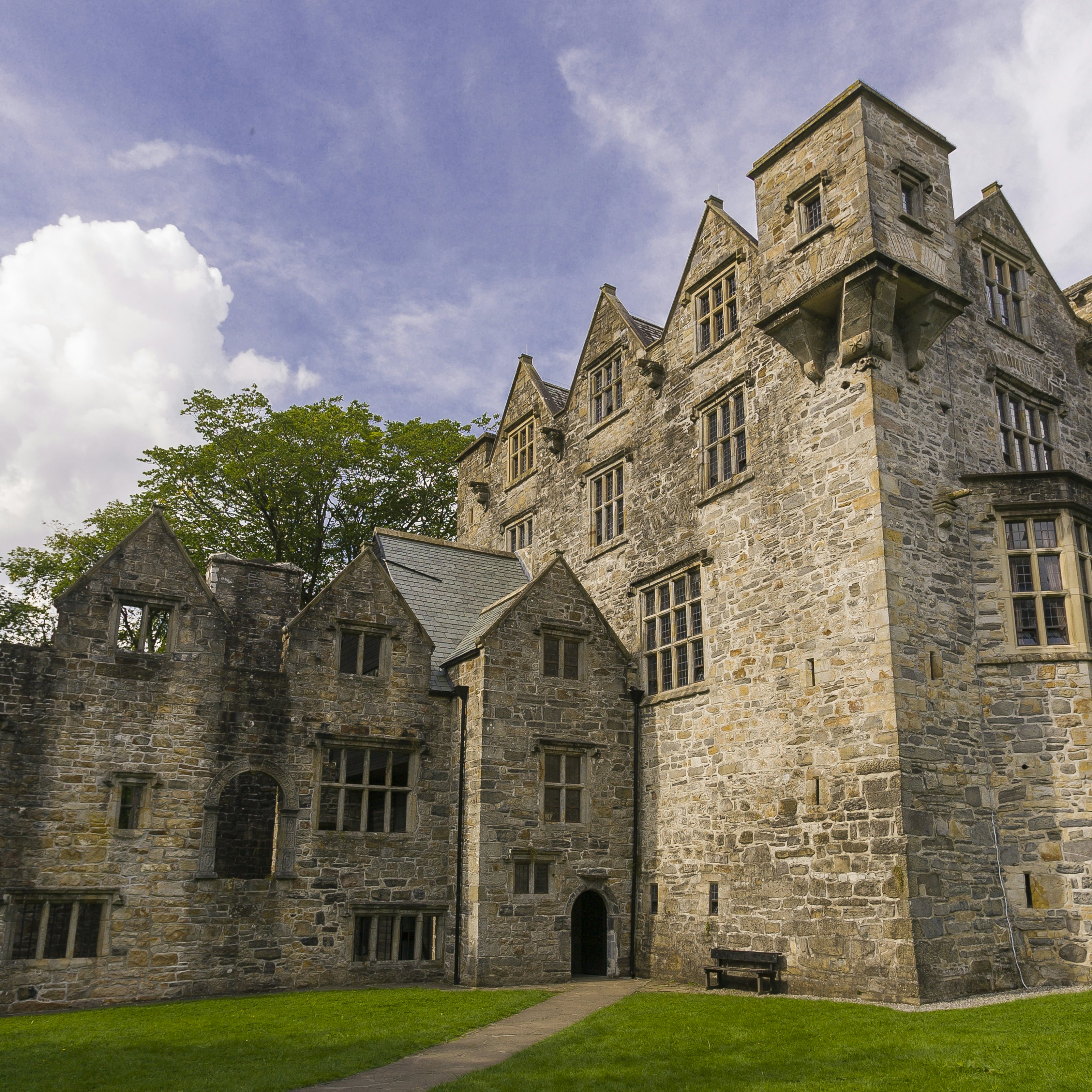
Overview
County Donegal is the wild child of Ireland and home to some of its most ravishingly sublime scenery and beautiful beaches. This is a county of extremes: at times desolate and battered by brutal weather, yet also a land of unspoilt splendour where stark peaks and sweeping beaches bask in glorious sunshine, and port-side restaurants serve majestic food.
Leave the planning to a local expert
Experience the real County Donegal. Let a local expert handle the planning for you.
Must-see attractions
Get a book. Get inspired. Get exploring.
in partnership with getyourguide

















